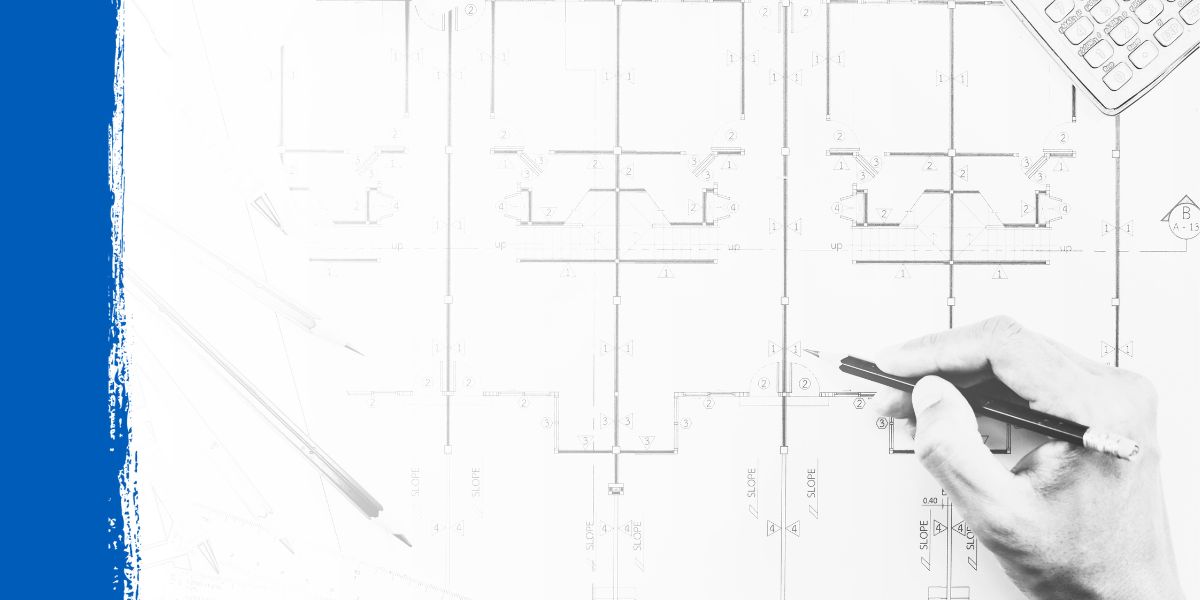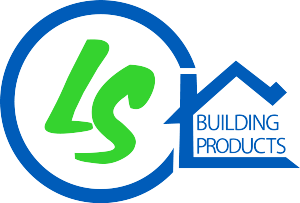Finishing a construction project only to find your expected profit missing? The culprit is often incorrect overhead and profit (OH&P) calculations. Accurate pricing in construction goes beyond materials and labor; it requires factoring in overhead (the hidden costs of running your business) and adding profit to ensure growth.
Understanding and correctly calculating OH&P is crucial for accurate project pricing and healthy net income. Let's take a look at how to compute and apply OH&P to ensure your projects contribute to your bottom line.
Key Takeaways:
- Overhead includes indirect costs like rent, utilities, and salaries that keep your business running.
- Profit is the remaining money after covering direct costs and overhead, essential for growth and stability.
- Overhead Percentage is calculated using the formula: (Overhead Costs ÷ Total Revenue) × 100.
- Profit Margin is the desired percentage of revenue you aim to retain as profit.
- Markup Method multiplies job costs by a factor that includes both overhead and profit.
- Margin Method divides job costs by (1 - total OH&P percentage) to determine the selling price.
- Markup vs. Margin: Markup adds overhead and profit to costs, while margin allocates a percentage of the final price.
What is Overhead?
Overhead includes all the indirect costs required to keep your construction business operational. Unlike the direct costs of a project (drywall, roofing materials, etc.), overhead expenses aren’t tied to a single job. Instead, they’re the ongoing business costs that exist whether or not you have a current project on the books. Think of them as the invisible framework that supports your company behind the scenes.
Here are some examples of overhead costs:
- Rent or mortgage: Office space, storage facilities, or shop areas where you plan, manage, and store materials.
- Utilities: Electricity, water, internet, and phone services that keep your office and operations functional.
- Administrative salaries: Compensation for office staff, project managers, accountants, and other non-field employees.
- Insurance premiums: Policies that protect your business, equipment, and personnel.
- Vehicle expenses: Fuel, maintenance, and insurance for company trucks or vans.
- Marketing & advertising: Costs associated with growing your visibility. These could include website management, online ads, signs, and sponsorships.
- Office supplies & equipment: Computers, printers, office furniture, and other essentials that help you run a professional operation.
If you ignore overhead or underestimate these expenses, you’ll end up underpricing your work. Over time, those missed overhead costs add up, potentially turning what you thought was a profitable job into a loss.
What is Profit?
After paying for direct job expenses like materials, workers' wages, and subcontractors along with overheads; the remaining revenue is profit. This leftover money lets you invest back in your own business equipment quality, increasing team size, or bettering infrastructure. It also gives a deserved return on your hard work efforts.
Profit = total sales - total expenses
Sufficient profit allows your business to manage slower periods, adjust to market variations, and maintain high-quality work delivery. Without it, your enterprise might have difficulties surviving or even expanding.
Calculating Overhead and Profit
Accurate pricing starts with knowing your numbers. To do this, you’ll need to determine two key percentages: your overhead percentage and your desired profit margin. Together, these give you a roadmap for setting the right price for every project.
1. Calculate Your Overhead Percentage
- Review Your Financials: Take a look at your income statement or profit and loss statement for a defined period, often a year.
- Total Your Overhead Costs: Add up all the indirect business expenses you incur during that time.
- Divide Overhead Costs by Total Revenue: Use the formula:
(Overhead Costs ÷ Total Revenue) × 100 = Overhead Percentage
Example: Suppose your overhead costs for the year total $50,000, and your revenue is $200,000. Your overhead percentage is:
(50,000 ÷ 200,000) × 100 = 25%This means overhead accounts for 25% of every dollar you bring in.
2. Determine Your Desired Profit Margin
The part of the revenue that you want to keep as profit is known as your profit margin. This number can differ from business to business. For example, in markets with high competition, some contractors may aim for a smaller profit margin. On the other hand, some might strive for more significant margins so they can facilitate growth or deal with unstable circumstances efficiently. Let’s say you choose 10% as your desired profit margin.
3. Combine Overhead & Profit for Accurate Job Pricing
Now you know your overhead percentage (25%) and your profit margin (10%), giving you a total markup component of 35%. You have a couple of ways to integrate these numbers into your pricing strategy: markup or margin.
Markup vs. Margin: Two Paths to Pricing
Markup Method
In the markup approach, you calculate the selling price by multiplying job costs by a factor that includes both overhead and profit at a minimum.
Example:
- Job Costs: $1,000
- Overhead: 25%
- Desired Profit: 10%
- Markup Factor: 1.43
- Selling Price: $1,000 × 1.43 = $1,430
Margin Method:
Margin determines the selling price based on the percentage of the final price allocated to overhead and profit combined.
Example:
- Job Costs: $1,000
- Overhead: 25%
- Desired Profit: 10%
- Total Margin: 35%
- Selling Price: $1,000 ÷ (1 – 0.35) = $1,538
Planning Accurately with LS
Having accurate overhead and profit calculations doesn’t have to be a guesswork process. At LS Building Projects we have the tools and resources available to guide you, help you refine your numbers, and keep your pricing competitive yet profitable. Try our profit margin calculator, and quickly run your numbers to find the right markup or margin for your projects.
Frequently Asked Questions (FAQs)
What is Overhead in Construction?
Overhead refers to the indirect costs of running your construction business, such as rent, utilities, insurance, and administrative salaries, that are not tied to a specific project.
Why is Calculating Overhead and Profit Important?
Accurate OH&P calculations ensure your pricing covers all business costs, prevents underpricing, and secures a healthy profit margin for sustainable growth.
What is the Difference Between Markup and Margin?
Markup is calculated by multiplying job costs by a factor that includes overhead and profit, while margin allocates a percentage of the final price to overhead and profit.
What is a Good Profit Margin in Construction?
A typical profit margin ranges from 10% to 20%, depending on your business goals, competition, and market conditions.
How Can I Avoid Underpricing Projects?
Include all overhead costs and set a realistic profit margin. Use tools like profit calculators to ensure accurate pricing.
What Are Common Mistakes in OH&P Calculations?
Overlooking indirect costs, underestimating expenses, or applying inconsistent markup/margin methods can lead to underpricing and profit loss.
.png?width=98&height=67&name=Logo%20(13).png)
.jpg) Overhead & Profit in Construction: Overview & How to Calculate" loading="lazy">
Overhead & Profit in Construction: Overview & How to Calculate" loading="lazy">
.jpg)




